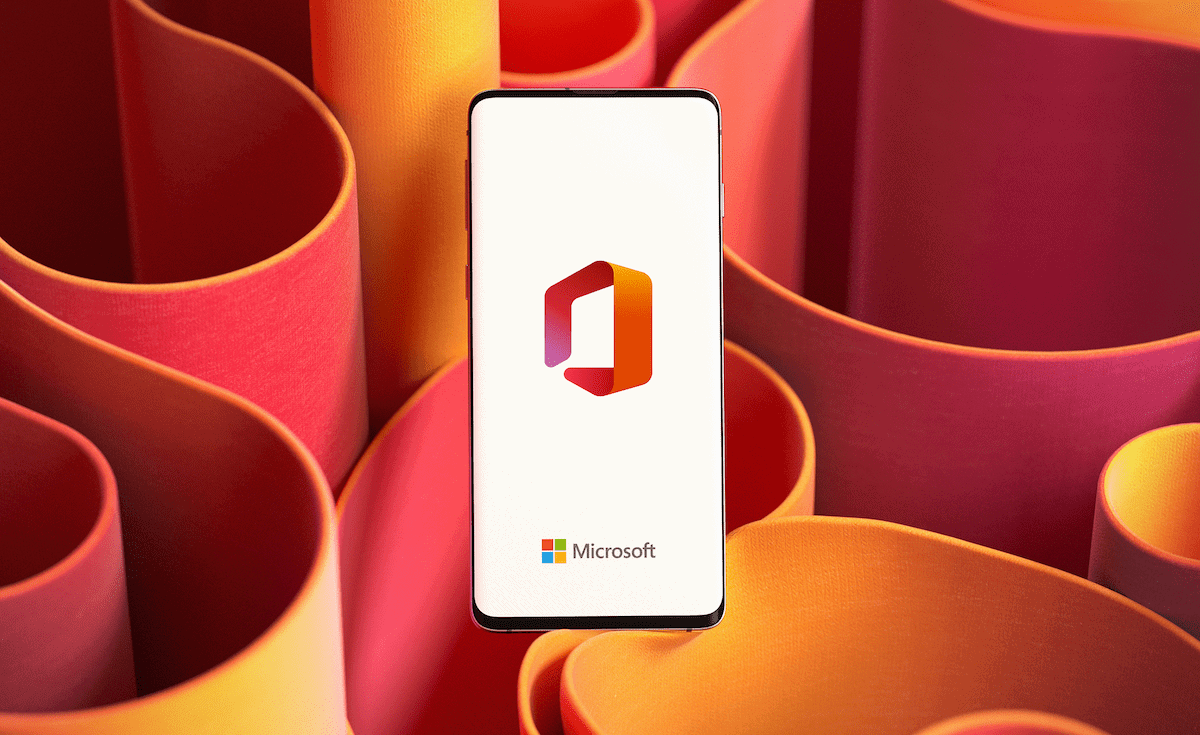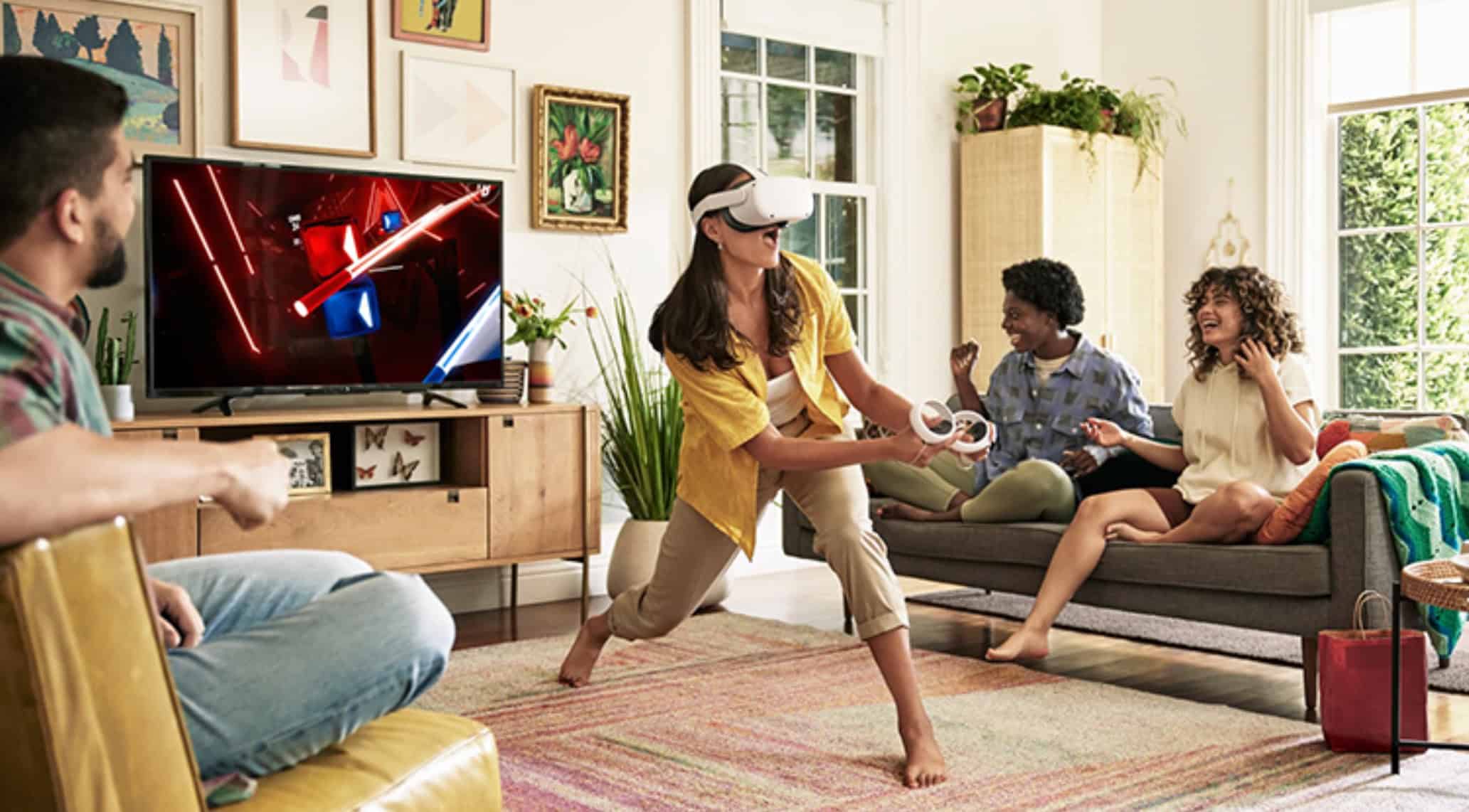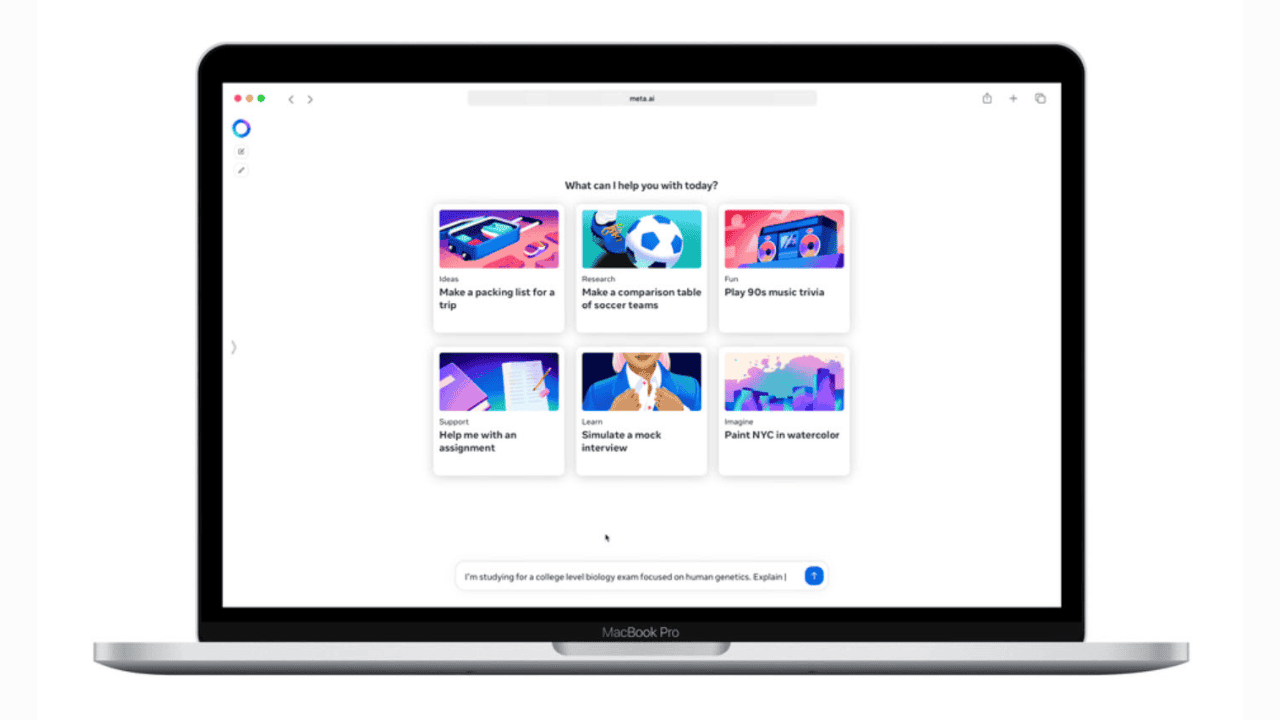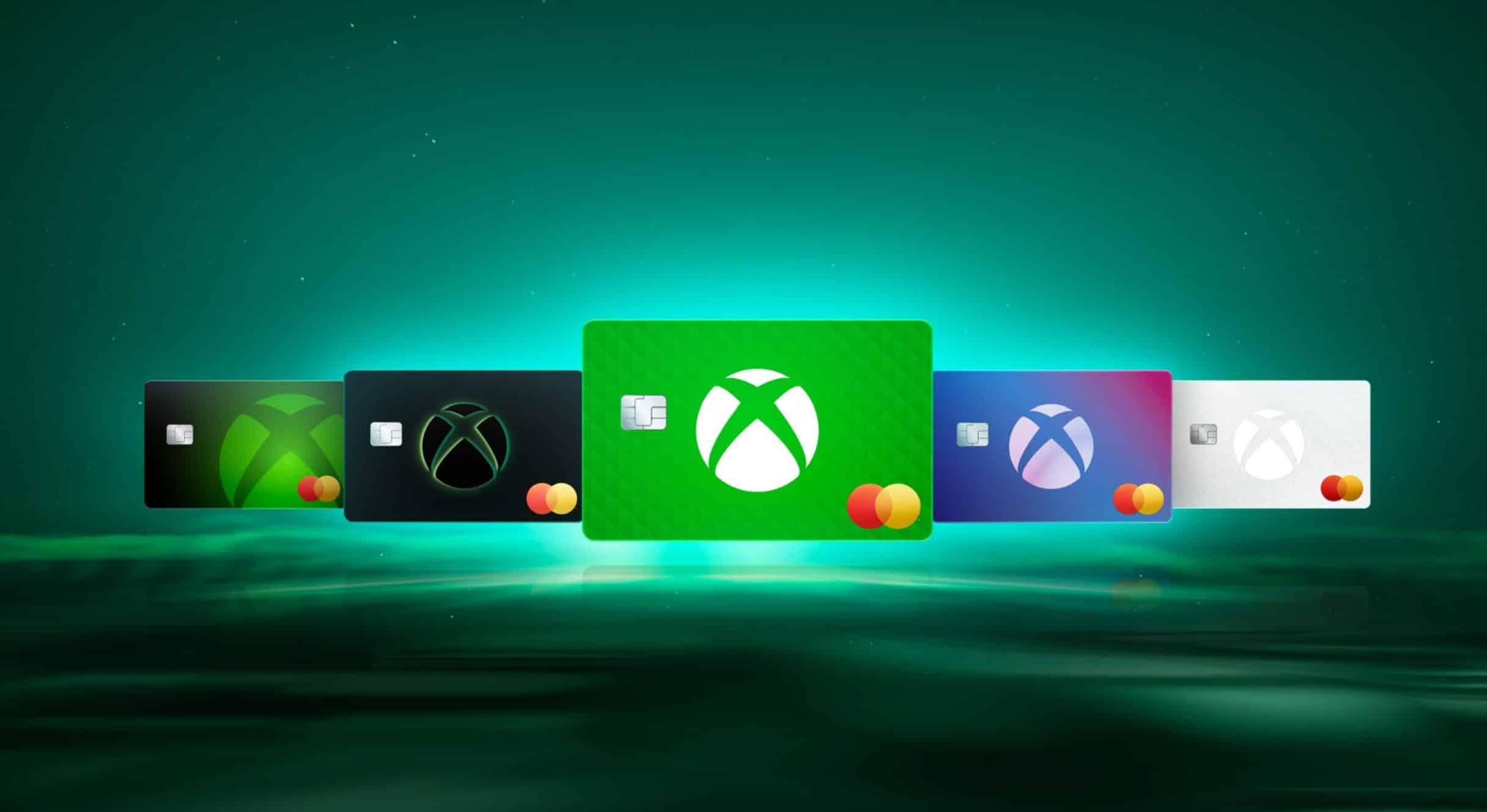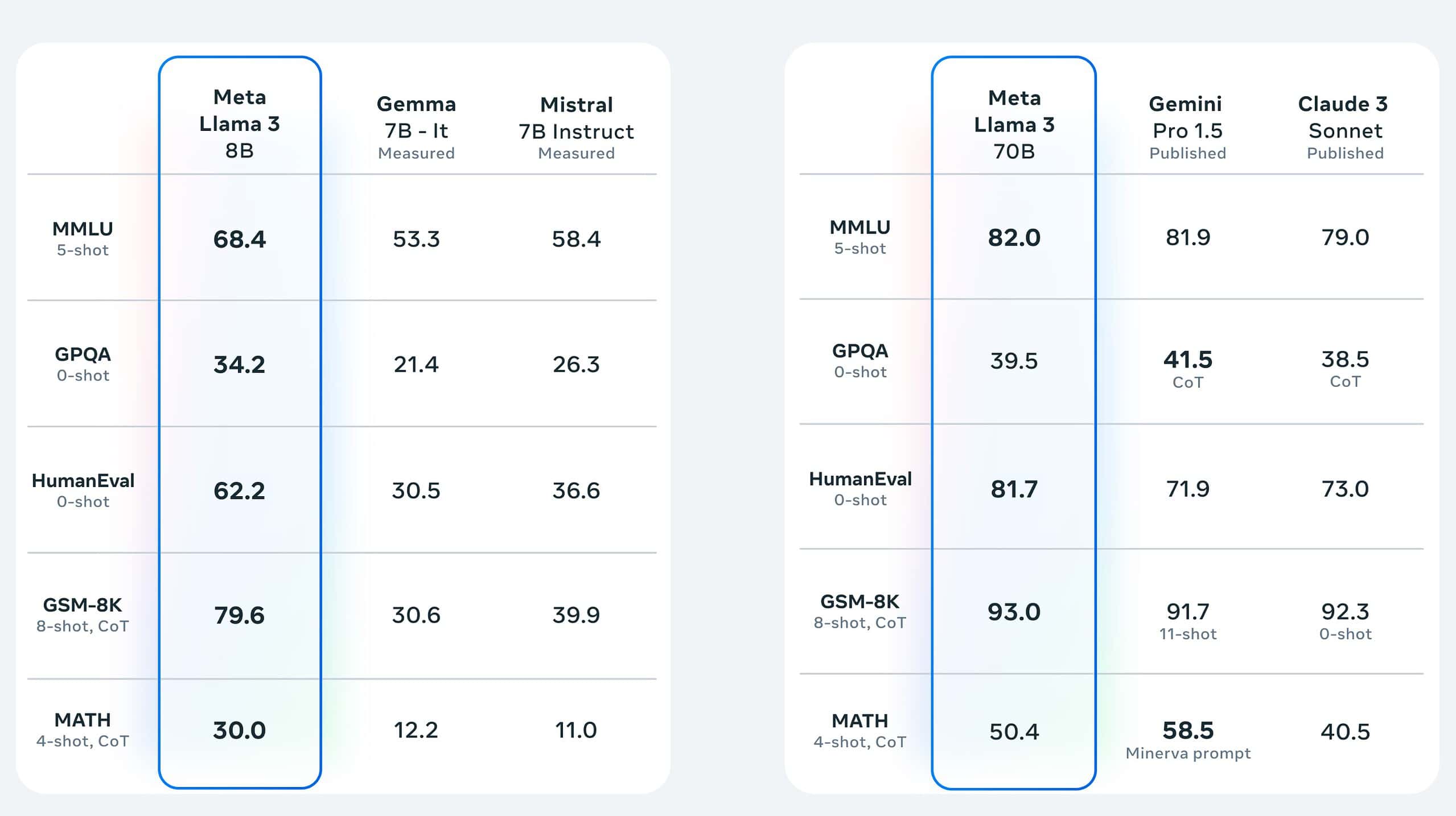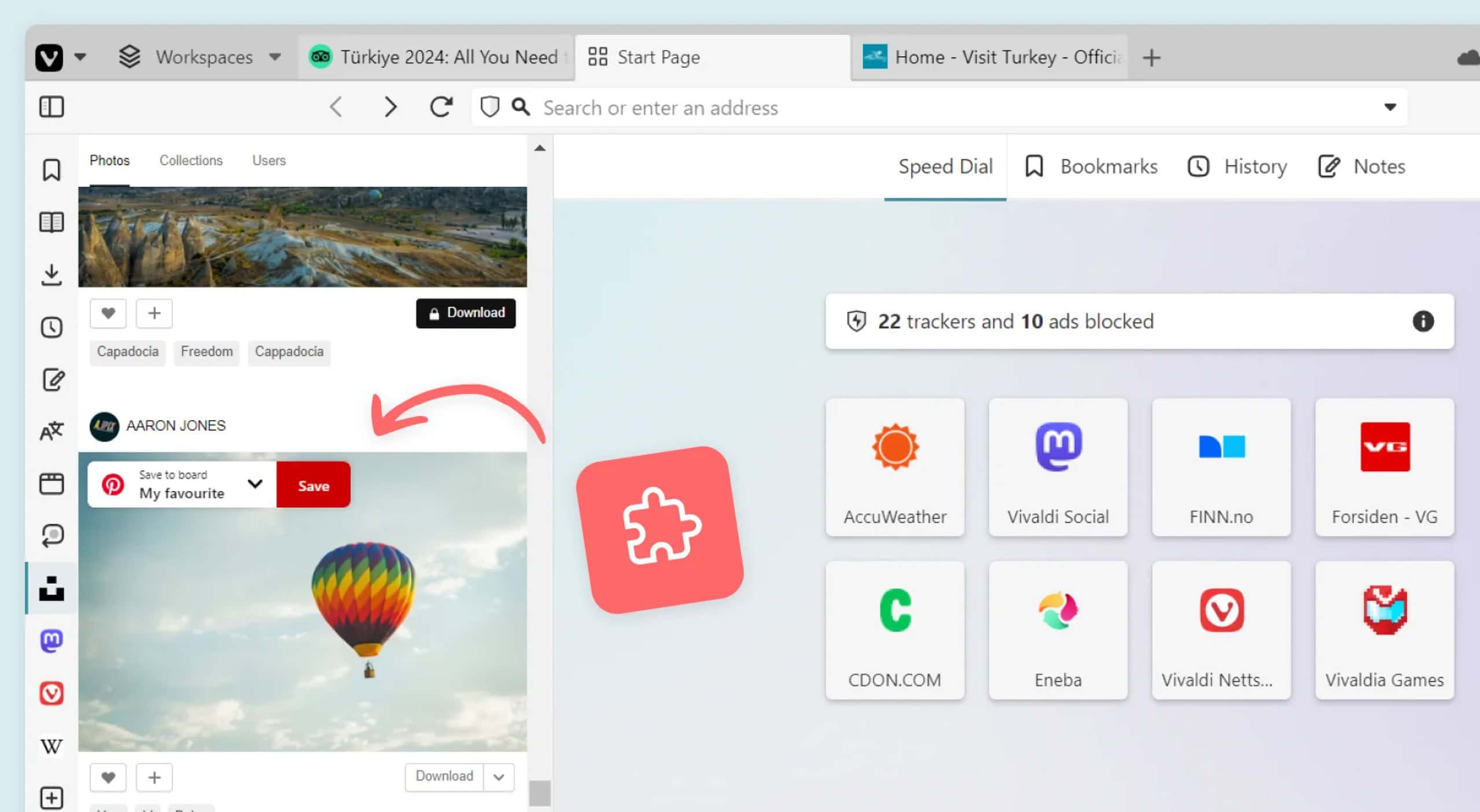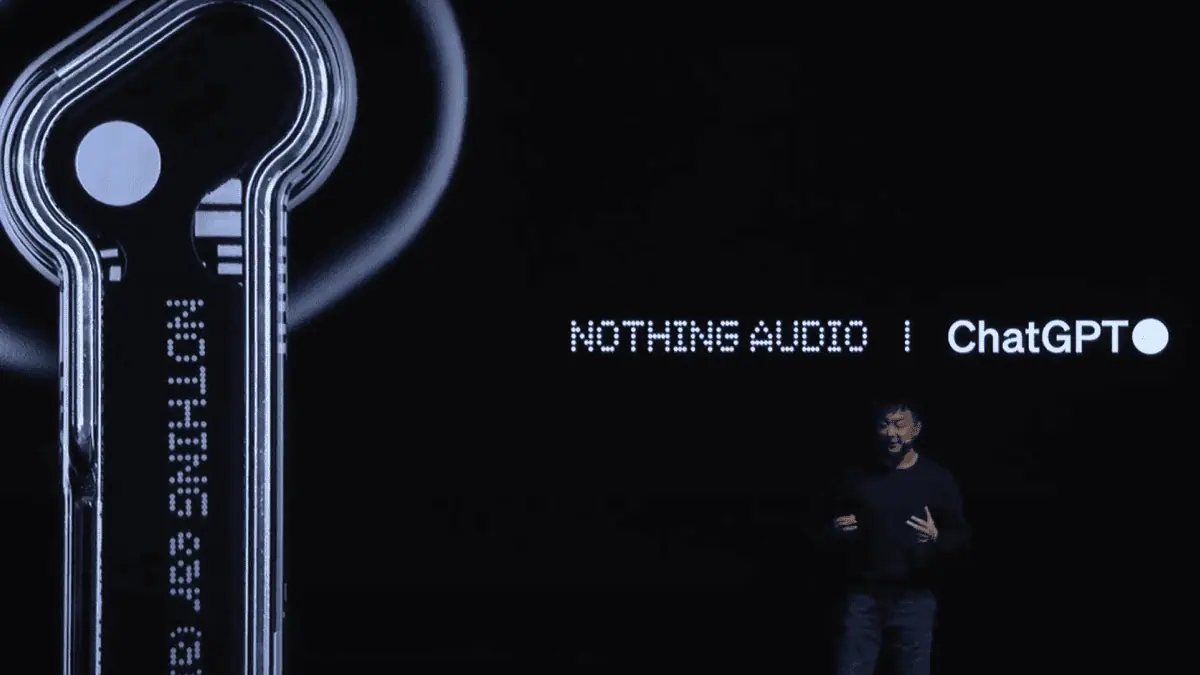HTC’s new design chief: Expect more of the same
3 min. read
Published on
Read our disclosure page to find out how can you help MSPoweruser sustain the editorial team Read more
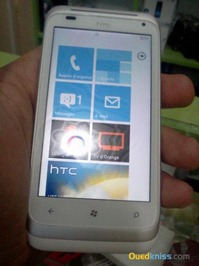

The pinnacle if HTC’s recent design language.
One would have thought the departure of HTC’s chief innovation officer Horace Luke would have resulted in some improvement in HTC’s design ethos.
Unfortunately one would be very disappointed.
Scott Croyle, previously vice president of design and ex One and Co, who designed the iconic HTC Diamond, is Horace’s successor and is not planning to rock the boat at all.
“We’re always questioning how we approach design, even if we’re not necessarily making a radical change†he told Venture Beat.
Although Croyle stated that design is and will always be a focus at HTC, he also said, since Luke and Croyle have similar philosophies and inspirations, we can expect incremental shifts in how HTC handsets look and feel and not to hold one’s breath for any seismic activity.
“Horace led HTC through a transition, creating a culture that puts a major emphasis design,†Croyle told VentureBeat. “That culture continues to thrive today… [HTC CEO] Peter Chou’s attention to detail forces us to keep designing products that give people the opportunity to create their own memorable experiences.
“In this sense, my day-to-day won’t change, given that our ‘consumer first’ focus is core to our DNA.â€
In the near future, Croyle said the company will “concentrate on delivering more content and services into our products, focusing on the user experience. For example, larger screens for streaming video and enhancing the entertainment experience, and front and rear camera to take advantage of real-time face chatting with friends and family.â€
Croyle seemed to be largely unaware of the current mediocre design language of HTC handsets. He noted product design language was first implemented in Taiwan and then sent for refinement to One and Co in USA.
He gave the recently launched HTC Flyer as an example. The tablet-cum-stylus combo was first sketched out at the company’s Taiwan headquarters. After executives hammered out a product-specific design language, the Flyer project was shipped off to the company’s Seattle-based user experience team. The Seattle team’s goal was to make user experience suggestions based on how consumers interacted with HTC product.
This is the opposite of real design-led companies like Apple, where the look, feel, shape and design of the phone is fixed first, and the technology is found to fit the design, not the other way around.
HTC’s Android success has masked the increasing failure in their design department, but there is little doubt that this will catch up to them eventually.
Maybe its time for HTC to have another wake-up call.
Read the full article at Venturebeat here.

